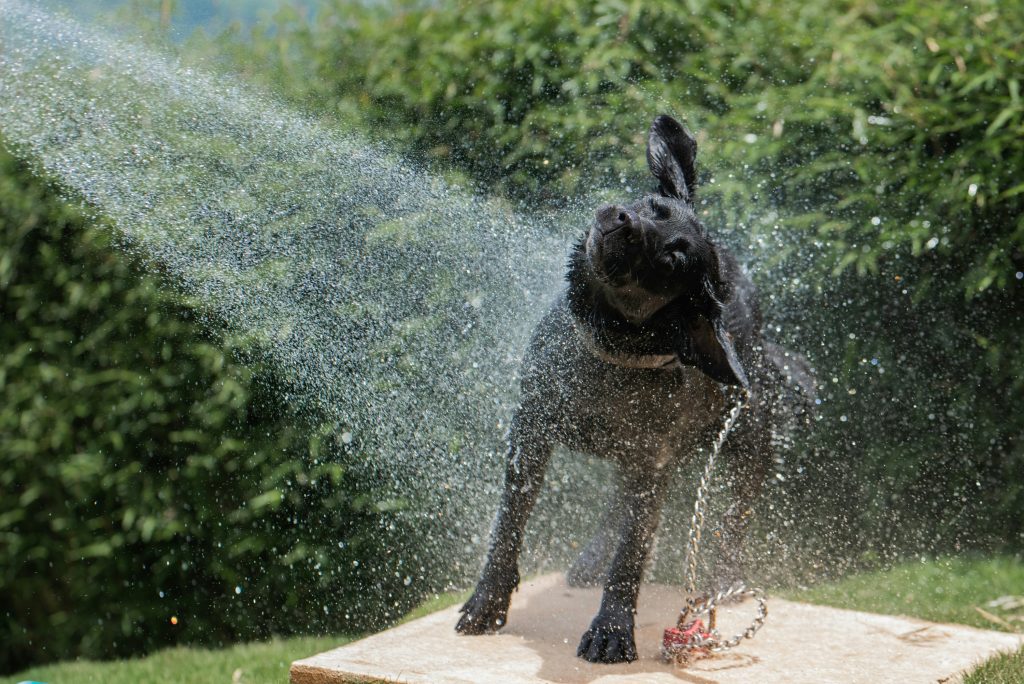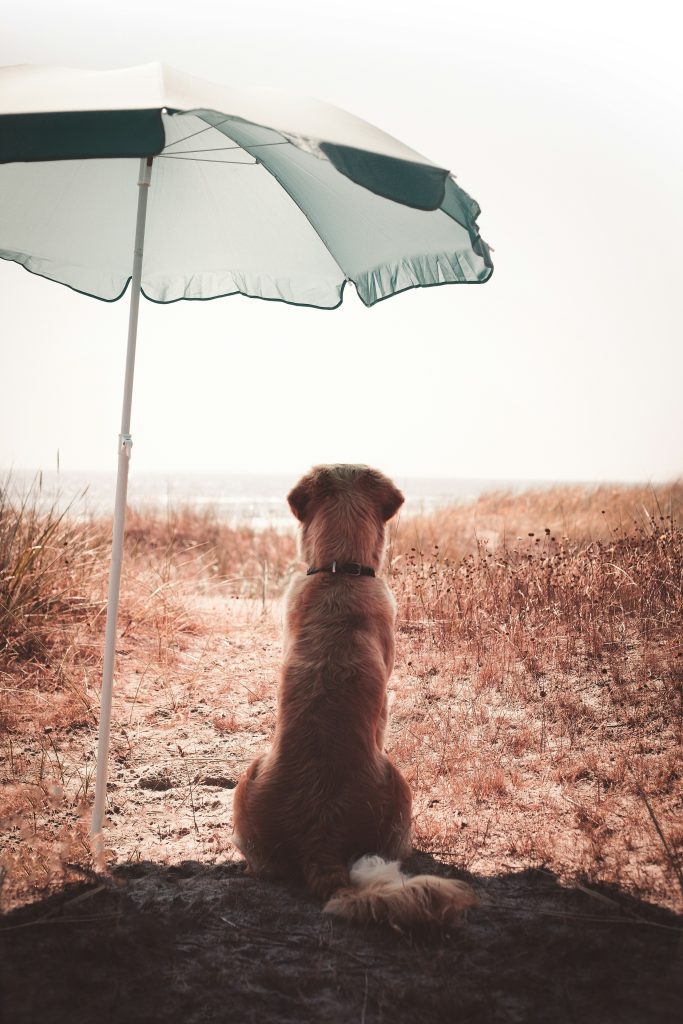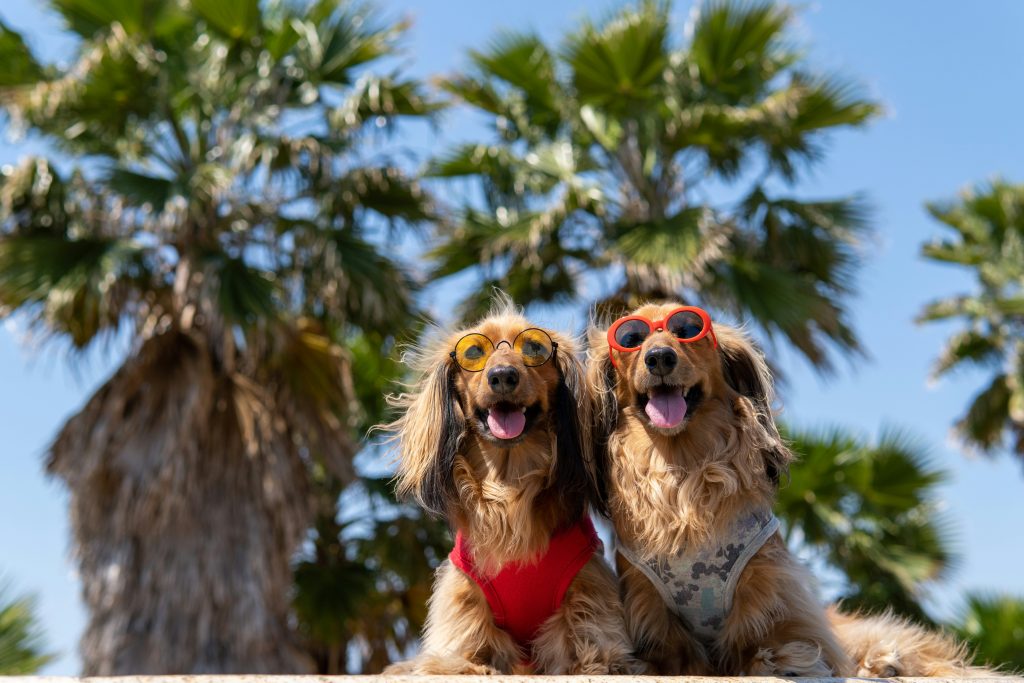How to Keep Your Dog Hydrated in Summer
When the summer heat rolls in, hydration becomes a top priority—not just for humans, but for our furry companions too. Dogs can quickly become dehydrated in warm weather, especially during outdoor play, travel, or long walks. Unlike humans, dogs don’t sweat through their skin—they cool down mainly through panting, which means they lose moisture fast.
Let’s explore how to recognize dehydration in dogs, the best ways to keep them hydrated, and some creative tricks to ensure they drink enough water all summer long.
Why Hydration Matters
Water is essential for every system in your dog’s body—from digestion and circulation to temperature regulation and joint health. In the heat, hydration also plays a critical role in preventing heat exhaustion and heatstroke, which can be fatal if not addressed quickly.
Signs of Dehydration in Dogs
Dogs can’t tell us they’re thirsty, so it’s important to watch for signs of dehydration, including:
-
Dry or sticky gums
-
Sunken eyes
-
Lethargy or weakness
-
Excessive panting
-
Dry nose
-
Loss of skin elasticity (check by gently lifting the skin on their neck—if it doesn’t snap back quickly, dehydration may be present)
If your dog shows any of these signs, offer water and shade immediately, and consult your veterinarian if symptoms persist.
1. Offer Fresh, Cool Water Often
It may sound simple, but many dogs don’t drink enough water unless prompted.
-
Keep multiple water bowls around your home and yard, especially in shaded areas.
-
Refresh the water several times a day to keep it cool and inviting.
-
Use stainless steel or ceramic bowls, which stay cooler than plastic.
-
Consider adding ice cubes to your dog’s bowl to keep the water chilly.
2. Bring Water Wherever You Go
Always pack water and a portable bowl when you’re on the go. Whether it’s a walk around the block or a beach day, your dog will need hydration breaks.
Tips for travel hydration:
-
Use a collapsible bowl or dog water bottle with a built-in dish.
-
Offer water every 30 minutes during activity or every hour during long car rides.
-
Keep a gallon jug of water in your car for backup.
3. Incorporate Water-Rich Foods
Boost hydration through your dog’s diet with moisture-rich treats and meals.
-
Add a splash of low-sodium chicken or bone broth to your dog’s kibble.
-
Mix in wet dog food for added water content.
-
Offer hydrating snacks like watermelon (seedless), cucumber, and ice cubes flavored with broth or dog-safe fruits.
Caution: Always avoid grapes, onions, and anything toxic to dogs.
4. Make Frozen Treats
Frozen treats are a fun way to cool your dog down and keep them hydrated. Try making:
-
Frozen broth cubes
-
Watermelon or banana pupsicles
-
Frozen Kongs stuffed with wet food, yogurt, or peanut butter (xylitol-free)
These treats also provide mental stimulation while keeping hydration levels up.
5. Use a Pet Fountain
Many dogs prefer running water. A pet water fountain encourages more drinking and keeps water cooler and fresher throughout the day.
These are especially useful for picky drinkers or multi-dog households.
6. Hydration During Exercise
Don’t wait until after a walk to offer water. Breaks during playtime are essential.
-
Take short walks during the cooler hours—early morning or late evening.
-
Bring water and offer it frequently during the activity.
-
Consider a cooling vest or damp bandana to help regulate body temperature while on the move.
7. Hydration at the Beach or Pool
Dogs playing in water may not stop to hydrate because they’re surrounded by water—but that doesn’t mean they’re drinking it!
-
Bring clean, fresh water to discourage them from drinking saltwater or pool water (which can be dangerous).
-
Offer frequent hydration breaks.
-
Rinse them off after swimming to remove salt or chlorine.
8. Encourage Picky Drinkers
If your dog doesn’t naturally drink a lot of water, try enticing them with:
-
Bone broth diluted with water
-
A splash of tuna juice or unseasoned chicken stock
-
Floating their favorite treat in the bowl as a “bob-for-snack” game
Turn water time into a fun, rewarding experience.
9. Keep Indoor Temperatures Comfortable
Even inside, your dog can dehydrate if the space is too warm.
-
Use fans or air conditioning.
-
Provide access to cool tile floors or cooling mats.
-
Keep blinds drawn during peak sun hours.
A comfortable indoor temperature encourages relaxation and reduces the risk of overheating.
10. Watch for Overhydration (Yes, It’s a Thing)
While rare, dogs can overhydrate—especially during water games or compulsive drinking.
Signs of overhydration:
-
Nausea
-
Vomiting
-
Swollen belly
-
Diluted urine
-
Lethargy
Monitor your dog’s intake and use moderation during splash sessions or fountain play.
Final Thoughts
Hydration is one of the easiest—and most important—ways to protect your dog from summer dangers. With fresh water, smart routines, and a few creative tricks, you can keep your furry companion cool, healthy, and ready for every summer adventure.



